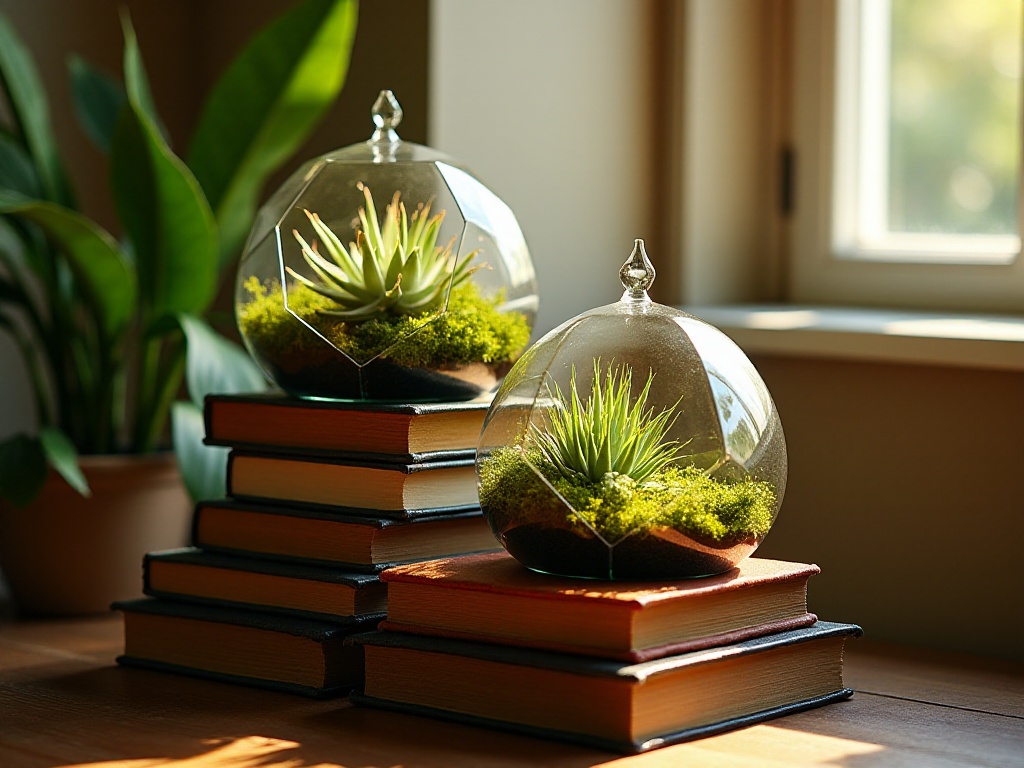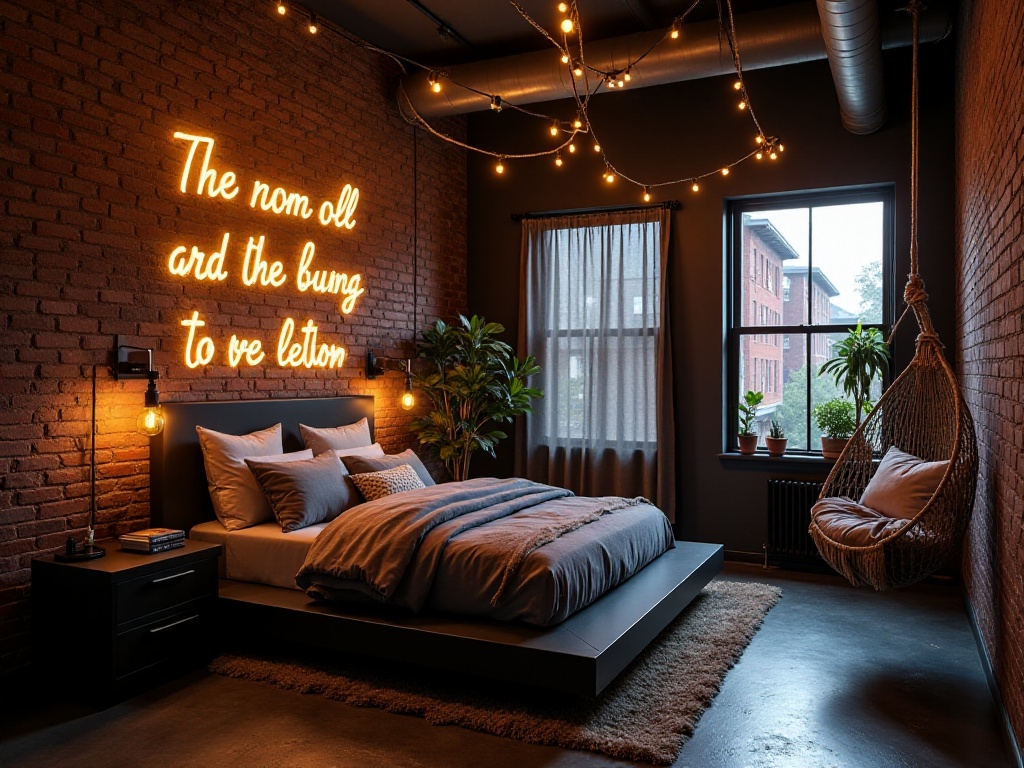Opening Chat
Hey, are you also struggling with renting? In a city like Beijing where every square foot is precious, finding a 15 square meter studio is already quite challenging. As a long-time tenant in Beijing, I totally understand this feeling. When I first came to Beijing, looking at that tiny rental room, I really questioned my life choices. But after years of exploration and practice, I've developed a set of practical tricks to instantly make a small room feel bigger, which I'd like to share with those who are also troubled by limited living space.
Space Magic
When it comes to space magic, the simplest and most effective method is clever use of mirrors. It's not just about hanging a mirror; placement and angle are crucial. For example, I hung a 1.6-meter full-length mirror on the right side of the entrance, carefully adjusted to face the window on the left. This way, natural light coming through the window reflects off the mirror, instantly brightening up the entire room. More amazingly, this mirror visually makes my room appear almost twice as large - even my mom said the room looks much bigger than its actual size.
Let's talk about lighting properly. I've seen too many friends choose dark curtains for light blocking, ending up making their rooms look like funeral parlors. After multiple attempts, I finally settled on a beige blackout curtain that doesn't make the room too dark during the day. I also added a layer of white sheer curtains, which softens the sunlight even at noon. Most importantly, light-colored curtains make the room appear more transparent and spacious.
I'd like to share a tip about color matching. The room's main colors should be limited to 3, with my room using white as the primary color, complemented by light gray and natural wood tones. This combination avoids monotony while making the space look more unified and open. I chose cream white for the walls because pure white can feel cold, while off-white adds warmth to the room.
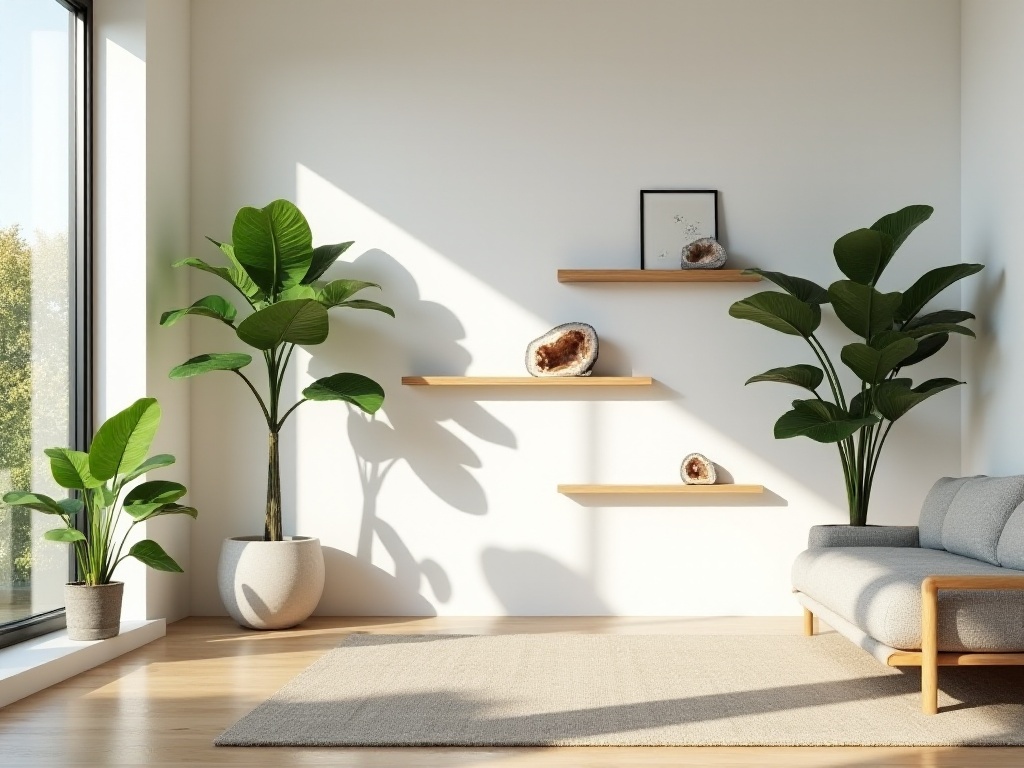
Storage Revolution
In a compact space, storage is the top priority! I can proudly say that my 15 square meters contains at least 50 square meters worth of storage space. How? First is under-bed storage. I specifically bought a bed that's 30 centimeters off the ground and placed 6 wheeled storage boxes underneath, categorizing seasonal clothes, bedding, and more. These storage boxes are transparent, so I don't need to pull them out to see what's inside.
The wardrobe renovation is also key. I replaced the original wooden sliding doors with mirrored ones, eliminating the need for a separate full-length mirror while visually expanding the room. Better yet, I installed layered storage racks inside the wardrobe, transforming a space that could only hang clothes into a multi-functional storage system. The top is for hanging clothes, the middle has drawers for underwear, and the bottom is for shoe storage.
I also maximized the space behind the door by installing a multi-layer hook rack for bags, hats, and scarves. I added several folding hooks on the walls near the bed and desk, which stay flat when not in use but can be opened for hanging clothes or coats when needed.
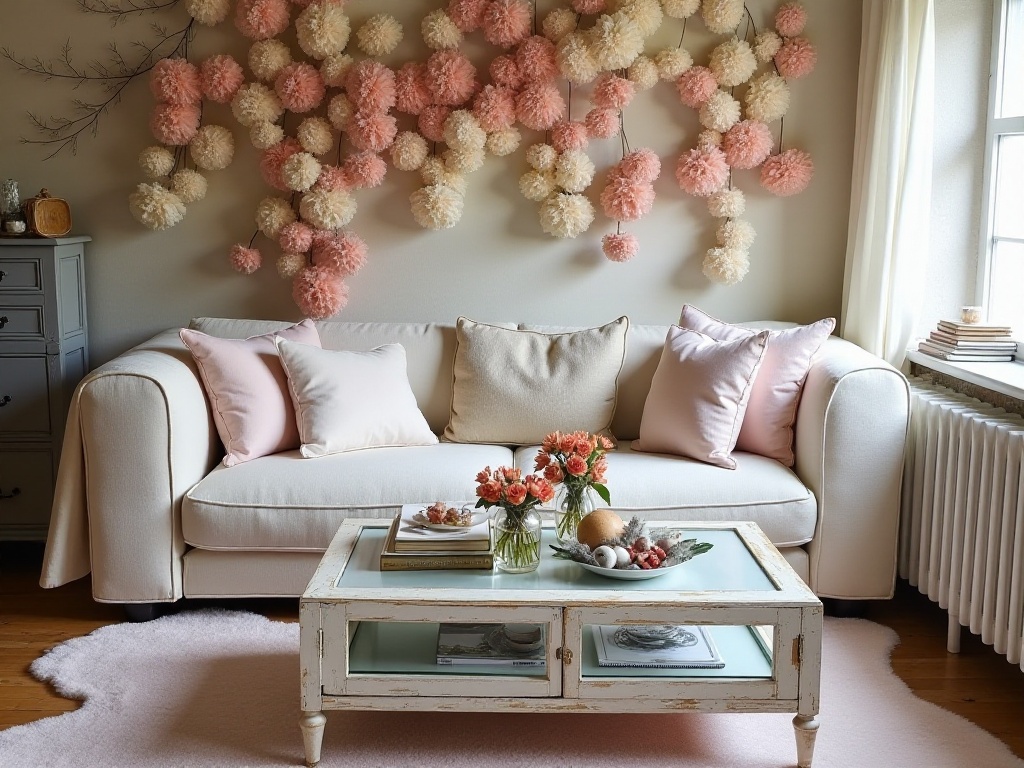
Lighting Layout
Lighting design is quite technical. I designed four light sources in this small room, which might sound like a lot, but each serves its unique purpose. First is a high-power LED ceiling light, though I rarely use it at full brightness as overly bright ceiling lights can make a room feel oppressive.
By my bed, I placed an adjustable floor lamp that not only meets my needs for reading in bed but can also serve as ambient lighting when dimmed at night. There's also a small desk lamp with focused light that doesn't affect other areas. Finally, I installed an LED strip on top of the wardrobe, which creates a cozy atmosphere at night and adds depth to the room.
I especially recommend getting a smart bulb that can control brightness and color temperature via phone. For example, you can set it to cooler daylight in the morning to energize, and warmer tones at night for relaxation. Smart bulbs are quite affordable now, available for just a few dozen yuan.
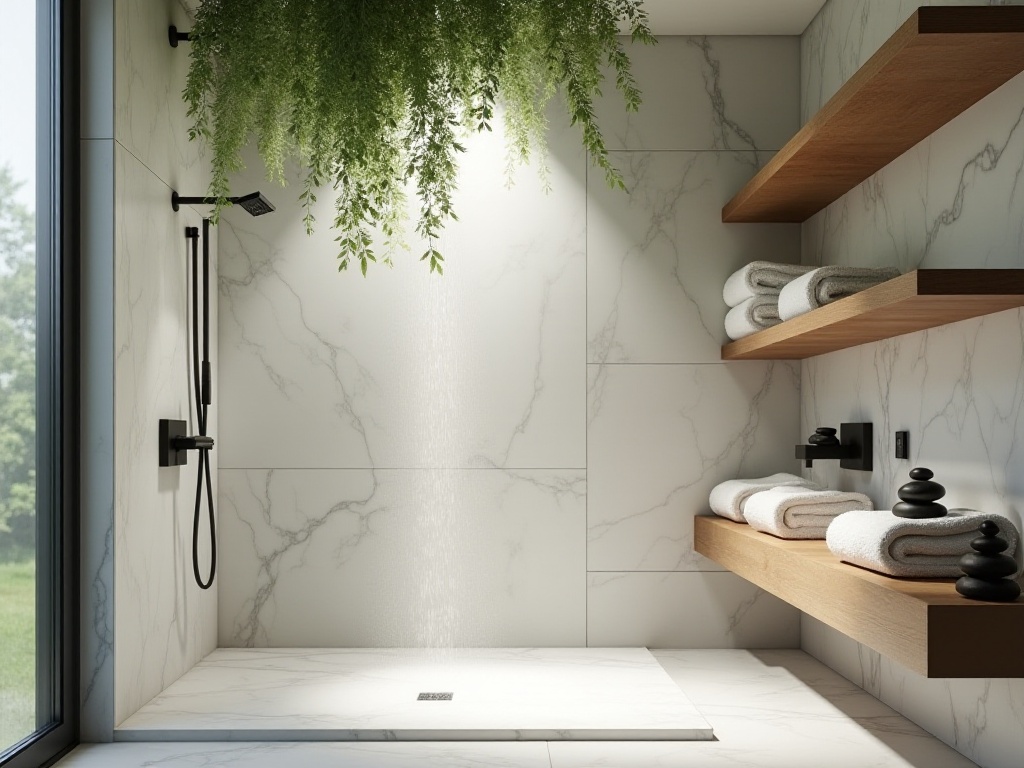
Furniture Selection
Furniture selection is absolutely crucial, as one unsuitable piece can disrupt the entire room's layout. All my current furniture was purchased after careful consideration and measurement. The bed is 1.35 meters wide, a middle ground size that's more spacious than a single bed but doesn't take up as much space as a 1.5-meter bed. I chose a memory foam mattress - though expensive, it's worth the investment considering daily use.
My desk is IKEA's wall-mounted folding type, only 10 centimeters deep when folded, but can be used as a computer desk or dining table when needed. I installed a small bookshelf next to it for books and decorative items.
I went through several chairs before settling on an ergonomic one. While not the most attractive, it's extremely comfortable - crucial since I spend long hours at the computer, making ergonomics a priority.
I chose a lift-top storage coffee table that serves as a coffee table during the day and can be raised as a dining table at night. The storage space underneath is perfect for snacks and magazines.

Plant Arrangement
Let me share my experience with plant arrangement. First, not all plants are suitable for bedrooms. I chose easy-care varieties that purify air. For instance, pothos doesn't need daily watering, thrives with minimal care, and absorbs formaldehyde. Snake plants are also great, releasing oxygen at night and improving sleep quality.
I placed three plants on the windowsill: a pothos, a snake plant, and a succulent. Succulents don't need frequent watering, perfect for frequent travelers. I also put a small parlor palm on my desk, supposedly protecting against computer radiation - whether true or not, it definitely improves my mood.
Choose small potted plants rather than large ones, and place them near windows for adequate light without taking up too much space. I gave each pot a tray to prevent water from staining surfaces when watering.
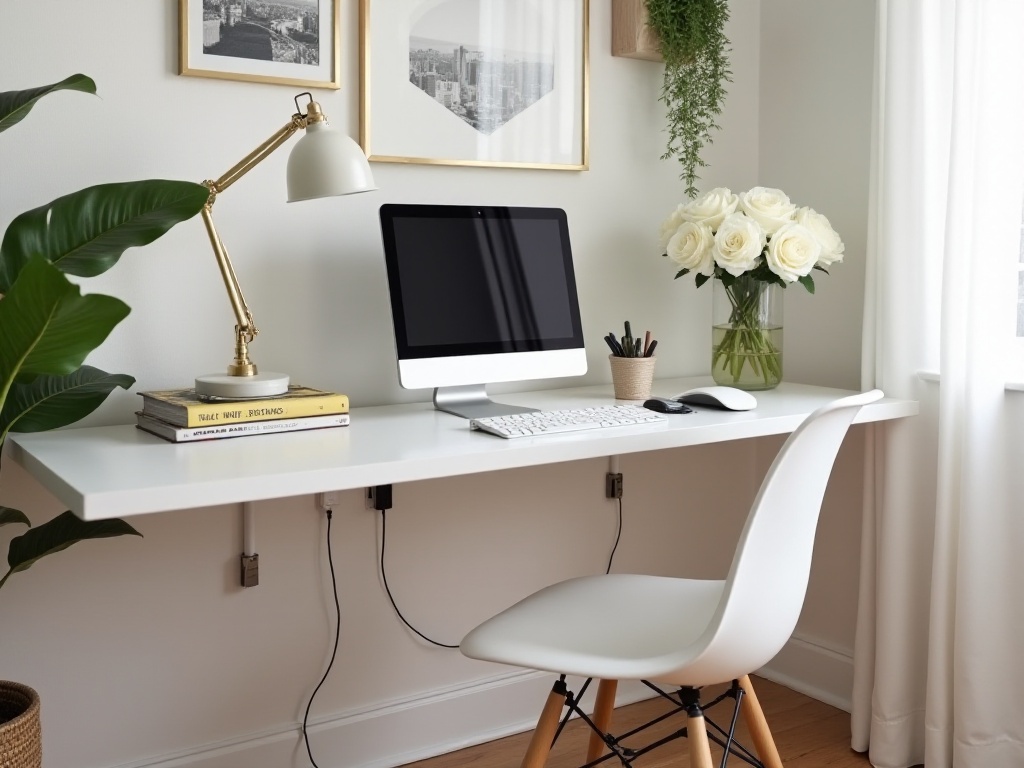
Closing Thoughts
After all these modifications, while the room's size hasn't changed, its functionality and comfort have improved significantly. Coming home now feels especially cozy, and I no longer feel like I'm living in a tiny space. There's nothing wrong with living in a small room - the key is learning to use space efficiently, maximizing the value of every inch.
Finally, creating a cozy home isn't an overnight process; it requires gradual adjustment and improvement. My room reached its current state after countless adjustments. I hope my sharing provides some inspiration and help to those living in small rooms. If you have any unique decoration insights, feel free to share them in the comments.


